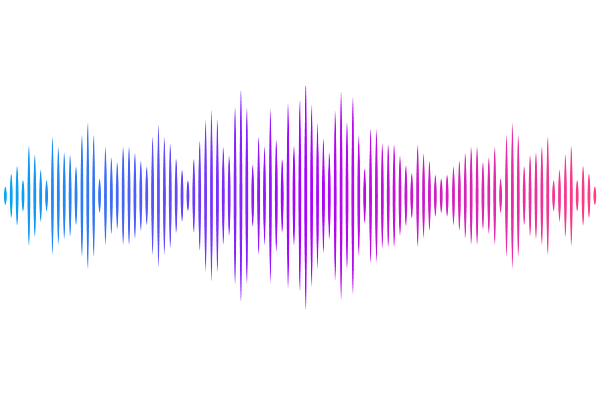Models and Algorithms for Equilibrium Analysis of Mixed-Material Nucleic Acid Systems

Models and Algorithms for Equilibrium Analysis of Mixed-Material Nucleic Acid Systems
Nanjundiah, A.; Fornace, M. E.; Schulte, S. J.; Pierce, N. A.
AbstractDynamic programming algorithms within the NUPACK software suite enable analysis of equilibrium base-pairing properties for complex and test tube ensembles containing arbitrary numbers of interacting nucleic acid strands. Currently, calculations are limited to single-material systems that are either all-RNA or all-DNA. Here, to enable analysis of mixed-material systems that are critical for modern applications in vitro, in situ, and in vivo, we develop physical models and dynamic programming algorithms that allow the material of the system to be specified at nucleotide resolution. Free energy parameter sets are constructed for both RNA/DNA and RNA/2\'OMe-RNA mixed-material systems by combining available empirical mixed-material parameters with single-material parameter sets to enable treatment of the full complex and test tube ensembles. New dynamic programming recursions account for the material of each nucleotide throughout the recursive process. For a complex with N nucleotides, the mixed-material dynamic programming algorithms maintain the O(N3) time complexity of the single-material algorithms, enabling efficient calculation of diverse physical quantities over complex and test tube ensembles (e.g., complex partition function, equilibrium complex concentrations, equilibrium base-pairing probabilities, minimum free energy secondary structure(s), and Boltzmann-sampled secondary structures) at a cost increase of roughly 2.0-3.5x. The results of existing single-material algorithms are exactly reproduced when applying the new mixed-material algorithms to single-material systems. Accuracy is significantly enhanced using mixed-material models and algorithms to predict RNA/DNA and RNA/2\'OMe-RNA duplex melting temperatures from the experimental literature as well as RNA/DNA melt profiles from new experiments. Mixed-material analyses can be performed online using the NUPACK web app (www.nupack.org) or locally using the NUPACK Python module.